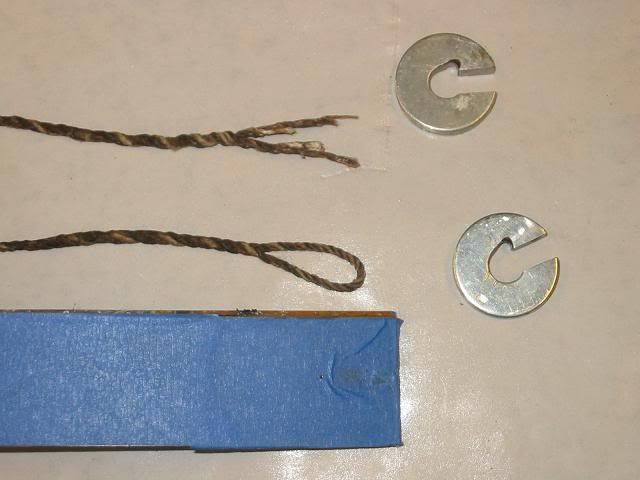It was a day of ups and downs on the bow project. It took a solid hour to free the bow from the form. Removing the spring clamps was easy, The epoxy covered strips of inner tube proved to be a bit tougher. The form cleaned up easy because of all the tape I used to protect it.

The bow was a little tougher. The extra epoxy was everywhere and held bits of the inner tube captive.
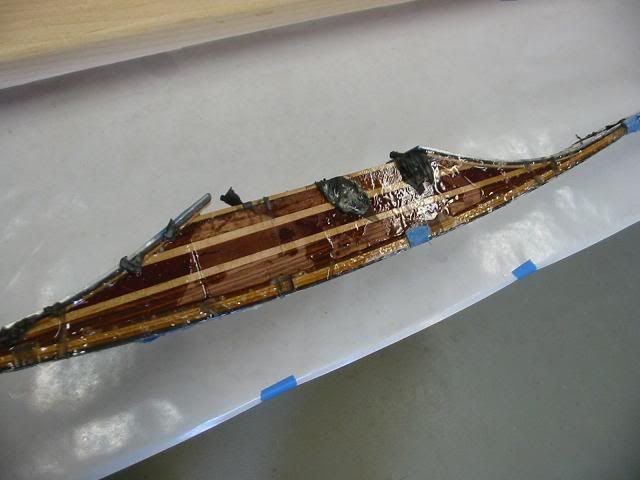
To save on a mess in the shop (and because it was a nice day) I took the bow out to the back patio behind my shop. The breeze would blow all that nasty fiberglass dust away.
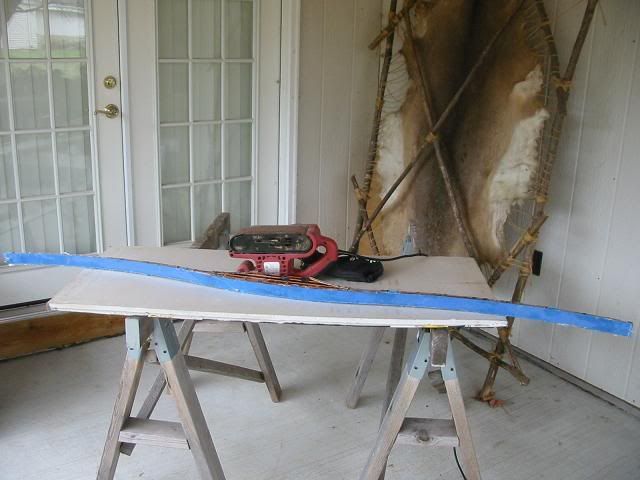
I learned that I need to place a layer of plastic wrap between the last layer of glass and the aluminum pressure strip. I didn't do that with this bow and needed to sand away the excess epoxy to free it from the bow. This also gave me my first look at the glue lines between the layers of wood.
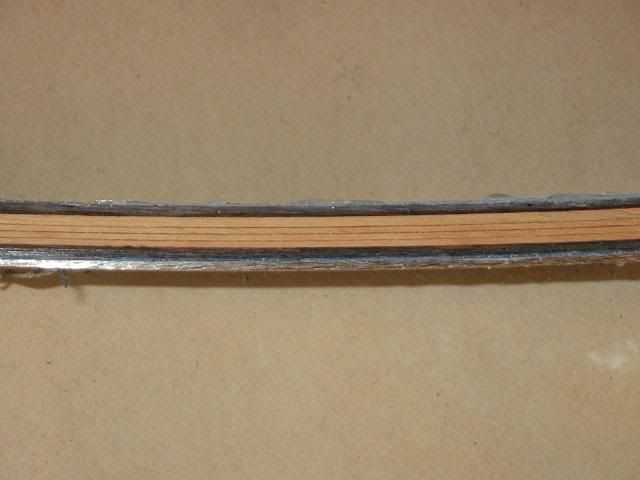
after sanding both sides I could pry away the aluminum pressure strip.

Then I just had to peel away the tape to see how the Kingwood looked under the clear glass.
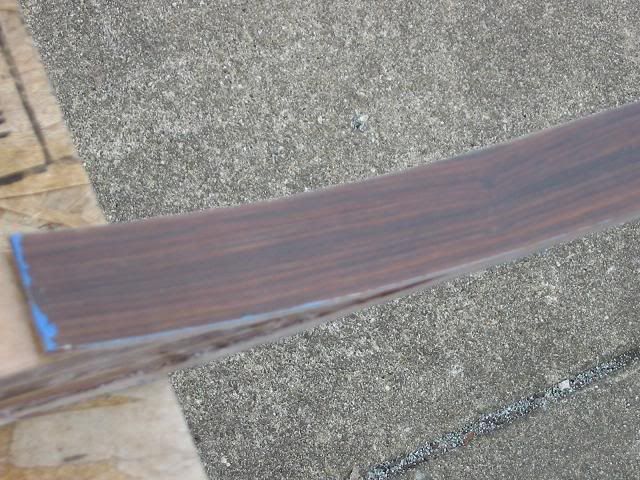
And the other limb.

and finally the back of the bow. Everything looked good.
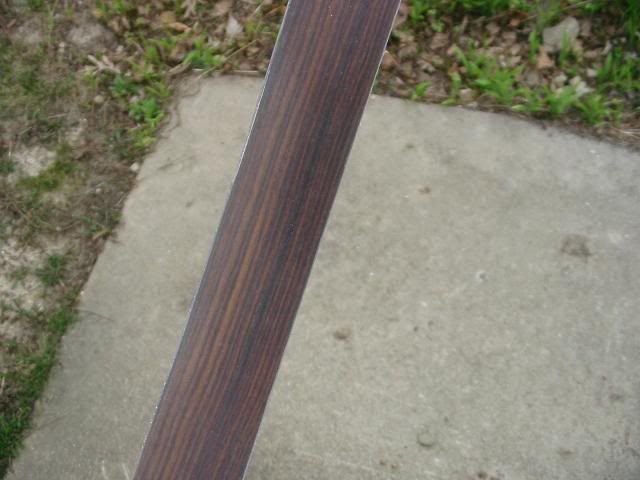
Then I worked on the riser. there was a lot of epoxy to remove.
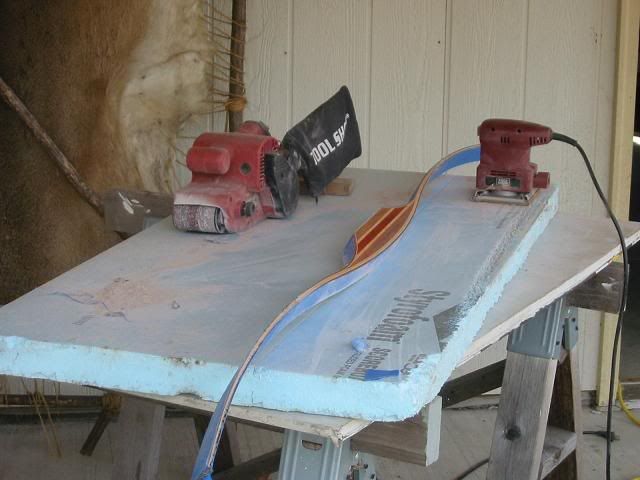
The risers looks good and so do the skive cuts that joined the strips of maple
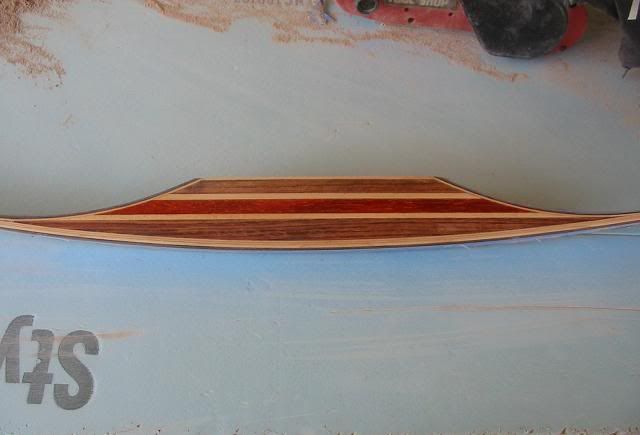

I then made a line on each end of the limbs that was 34 niches from the center point of the bow. (68 inches overall length) I used a fine tooth hacksaw to cut the ends off.
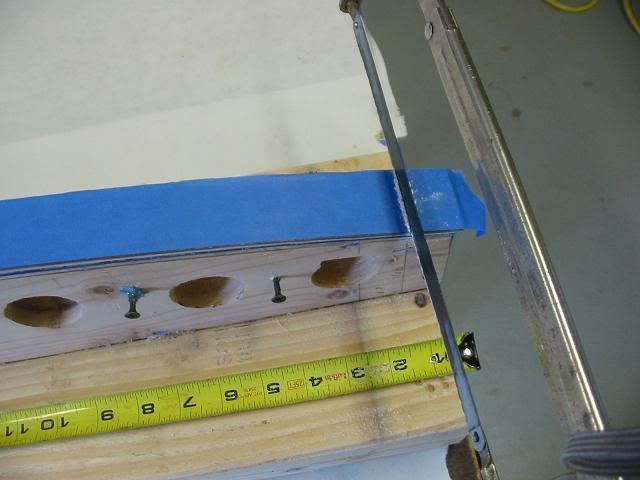
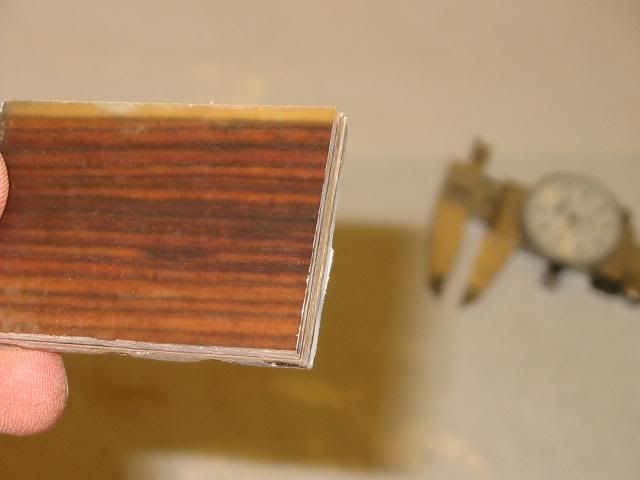
Both ends measured the same thickness.
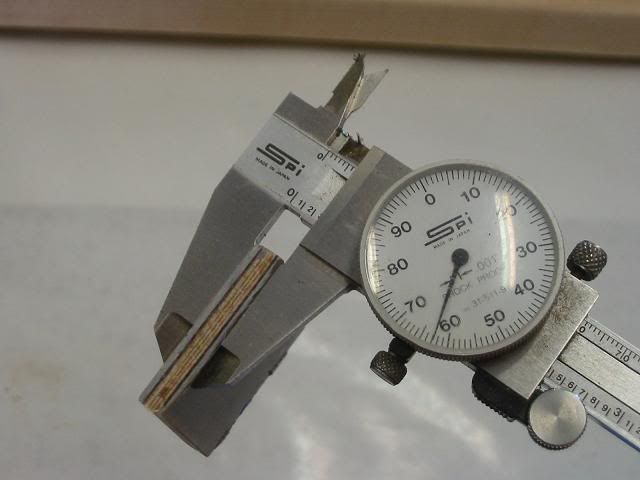
Then I used the washers to string the bow before I cut the string grooves.
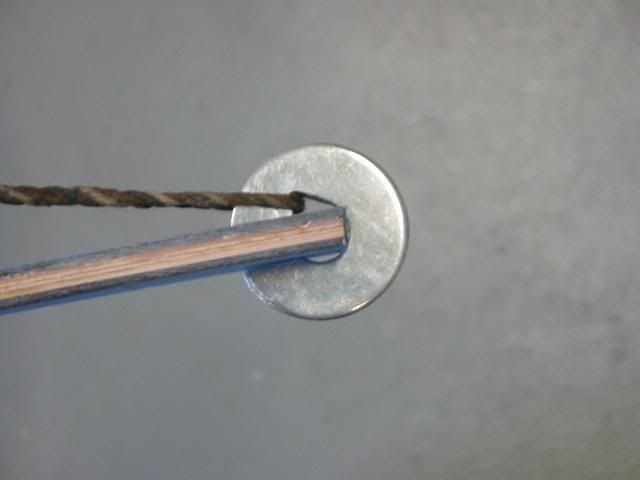
Here is is strung but with a bow string that is too long so the brace height is only about 5 inches. I used the string from my longbow. It is the only string I have for that bow. (that is an important point that will be realized a bit later.

To check for limb twist, I wanted to look at more than just saw cuts at the ends of each limb so I took a carbon fiber shaft and taped it in place on each limb. I made sure they were at 90 degrees to the limb.
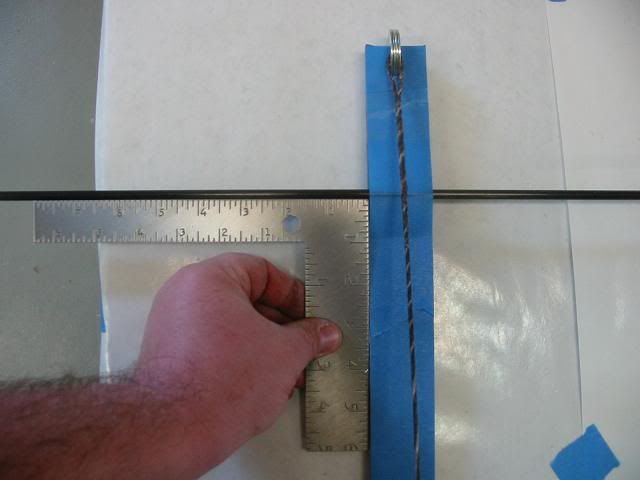
With the washers in the measured center of the limbs, there looks to be no twist in the limbs.
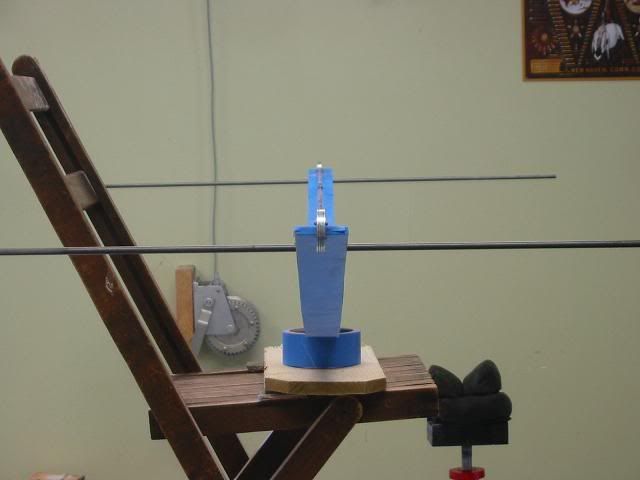
I marked the centerline of the bow along the entire length and used a strip of wood to mark a straight line for the limb taper toward the string nocks.

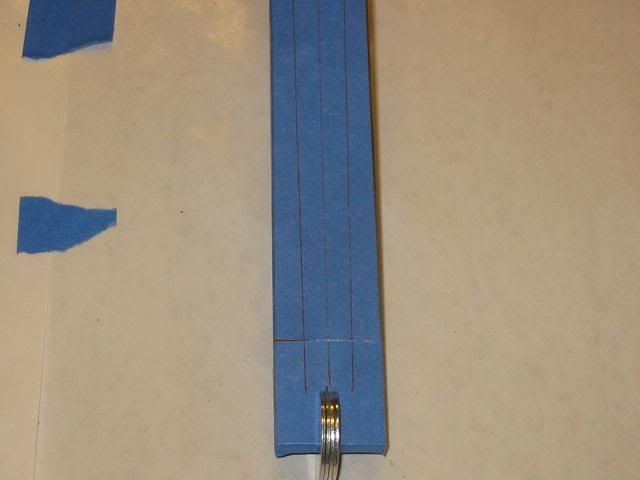
Just as I was marking the last line on the other limb, all hell broke loose, Something whacked me in the finger and the bow jumped up off the table. When I figured out what it was, I had to search high and low for both washers. The bow string (my only sting for my bow) had broke. My guess is that I left too sharp an edge on the inside of the groove and it cut through the string. Now I have no string for either bow. Time to scramble and locate a 64 inch string for my bow and a 63 inch string for the new bow.
